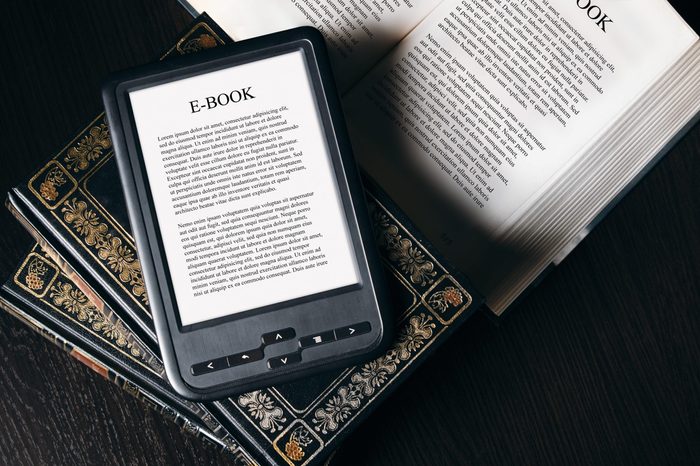
The e-book
A teacher in Galicia, Spain, Ángela Ruiz Robles invented the first mechanical book way back in 1949. She was looking for a way to allow her students to carry fewer books to and from classes, so she created a mechanical encyclopedia. It was described as “a mechanical, electric, and air-pressure driven method for reading books.” Although patented, Robles’s creation did not get the funding it needed to succeed, putting her among many on a list of lesser-known female inventors.
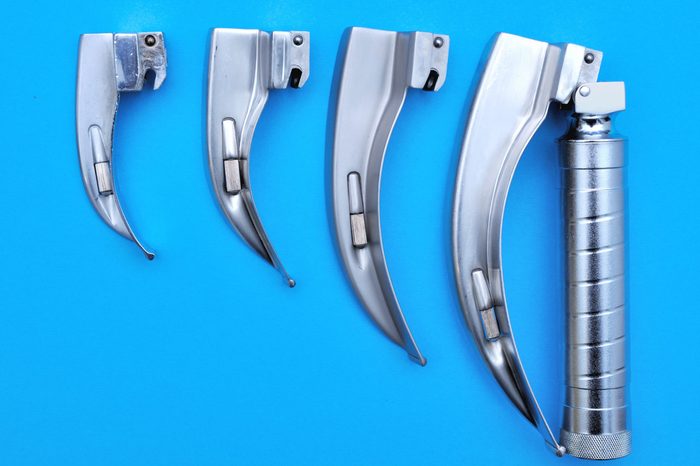
The laryngoscope
Spanish singer and voice teacher Manuel García invented the laryngoscope in 1854. It created the ability to view a functioning human voice box in action. His model was made using two mirrors and the sun for an external light source. As a teacher of vocal pedagogy, García was extremely curious about the mechanics of the human voice. His invention is still useful today in the study of phonics and the diagnosis of oral conditions like laryngitis. Learn about these trailblazing Hispanic Americans who made history.
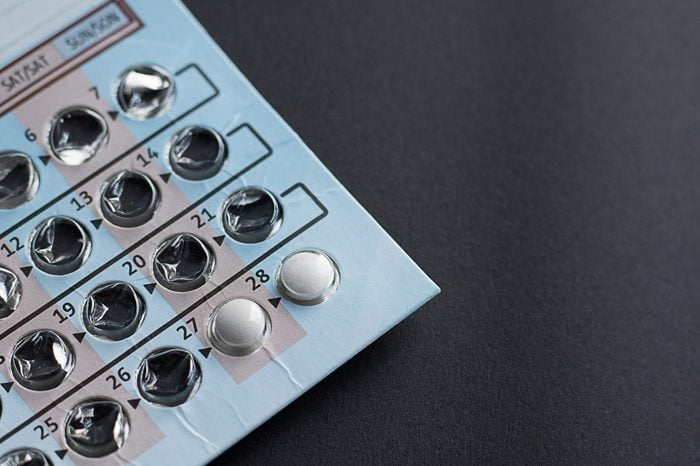
Birth control pills
Mexican chemist Luis Miramontes was only a graduate student when at 25, he was recruited by the Syntex Corporation to work at their labs. Although progesterone was used in contraception before 1951, it needed to be injected. Miramontes worked out the missing piece of the puzzle to create progestin, a progesterone-like hormone that could be taken orally to prevent ovulation. The erectile dysfunction drug, Viagra, on the other hand, was an accidental discovery.
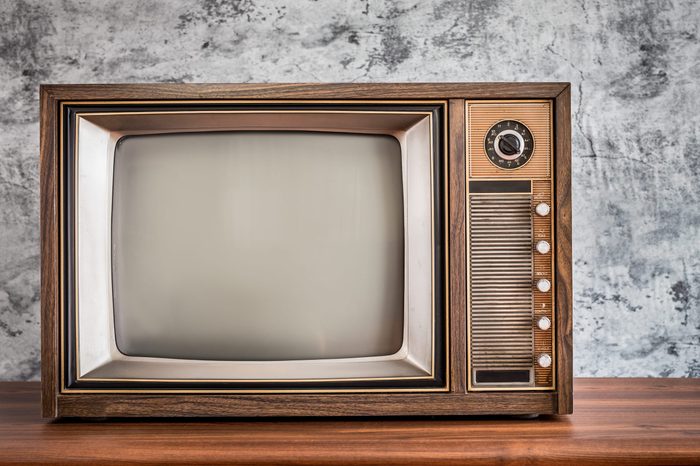
Color television
At the young age of 23, Mexican engineer Guillermo González Camarena patented a system that would allow television to be viewed in color, instead of in black and white. He called it the “chromosomic adapter for television equipment.” In 1963, he saw his invention succeed with the first color television broadcast. These Hispanic women changed the world.
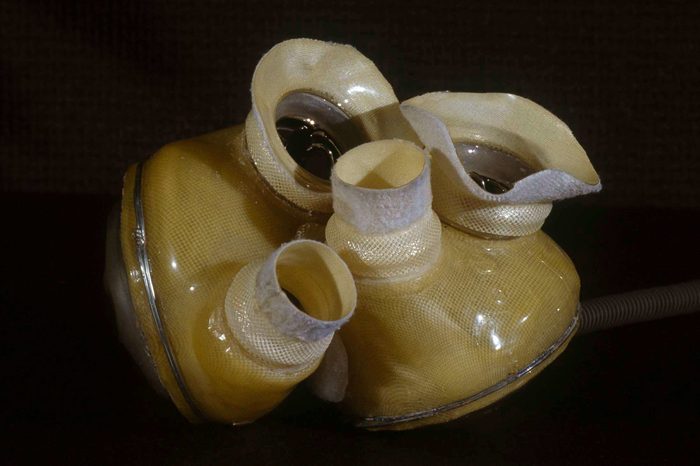
The artificial heart
Argentinian surgeon Domingo Liotta developed the artificial heart in the late 1950s. In 1963, Liotta and E. Stanley Crawford successfully implanted the Left Ventricle Assist Device (LVAD) in surgery. In 1969, Liotta developed the total artificial heart that would be used for the first time at St. Luke’s Episcopal Hospital in Houston. It successfully pumped blood through the body of the patient for nearly three days. The first permanent artificial heart was invented in Utah—find out the most famous invention from your state.

Neonatal artificial bubble
Occasionally, miracles can occur in neonatal intensive care units, but it’s developments in technology that have made it easier for premature babies to survive. Peruvian engineer Claudio Castillón Lévano created a portable respirator and incubator for premature babies. This invention helps to save the lives of high-risk babies born before full-term gestation in neonatal intensive care (NICU). The first incubators were used in France in 1880, but Lévano’s design, called the Incuven, regulates temperature and reduces risk of contamination to babies. Incuven’s patent was published by the United States in 2004, after more than 20 years of research and work by Lévano and his associates. These inventions have changed the world in the last decade.
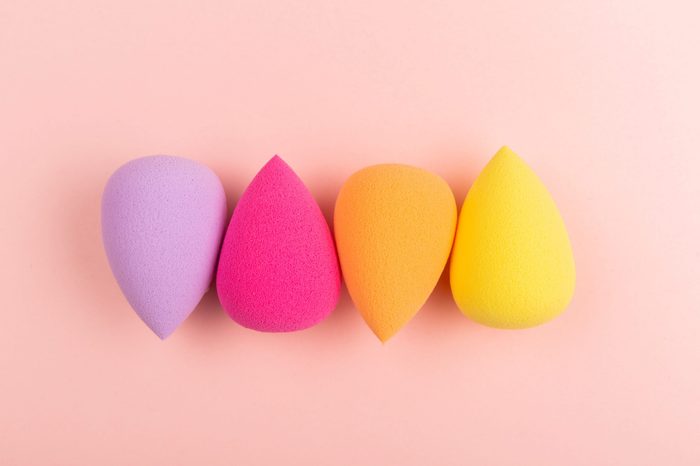
The Beautyblender®
Mexican and Portuguese-American makeup artist Rea Ann Silva created one of the most iconic beauty tools used today. Made from a material that is specifically designed to retain moisture, rather than repel it, the beautyblender® gives the perfect application of foundation every time. The unique egg shape of this sponge-like tool came to Silva during a special effects makeup class when she learned the value of makeup application with different sizes and shapes of beauty tools. Learn about these inventors who regretted their inventions.
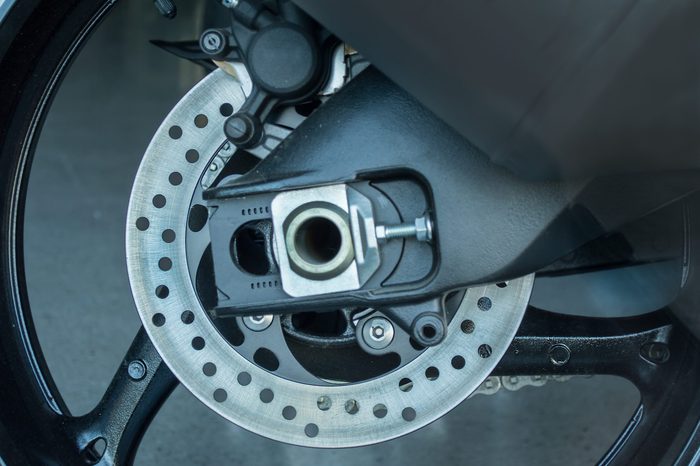
Electric brakes
Born in Mexico in 1850, Victor Ochoa invented electric brakes for streetcars. He sold the patent in 1907 to the American Brake Company in Seattle. Ochoa also invented the Ochoaplane and the adjustable wrench. It is also thought that he invented the pencil and pen clips that allow them to attach to shirt pockets. In addition to inventing, Ochoa was also an ardent supporter of the Mexican Revolution and at one point there was a $50,000 bounty on his head. He did serve two years in jail and lost his U.S. citizenship for “organizing an army in the United States for the purpose of invading Mexico.” After his release, President Theodore Roosevelt restored his citizenship by a special proclamation in 1906. These are the most ironic inventions ever.
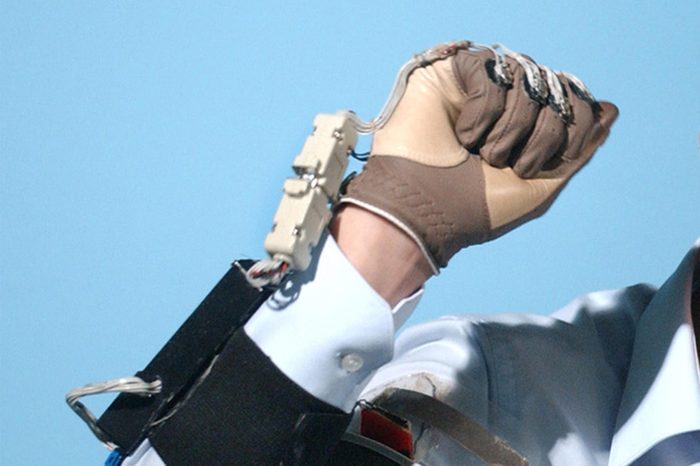
The Acceleglove
The development of sign language dates back to the 17th century and has given those with hearing loss the ability to communicate easily. Sign language can be complex and not everyone is fluent. That’s why in the early aughts, Mexican scientist José Hernández-Rebollar invented an electric glove that can turn sign language into spoken words and text. According to the World Health Organization, over 5 percent of the population worldwide suffers from hearing trouble and this invention has the potential to revolutionize the way we communicate. Check out these everyday things that were actually invented for World War I.

The submarine
Although today underwater travel and leisure is so commonplace that you can stay at underwater hotels like these, it was once a leading-edge and daring technological advancement. Spaniard Isaac Peral designed the first electrically operated submarine. It launched in 1888, leading to other countries to design and test similar submarines around the world. The Peral submarine is considered the world’s first electric battery operated submarine. It could travel at max speeds of nearly eight knots and hold a crew of 12. Here’s what the terms Latino, Hispanic, and Latinx mean and how to use them.
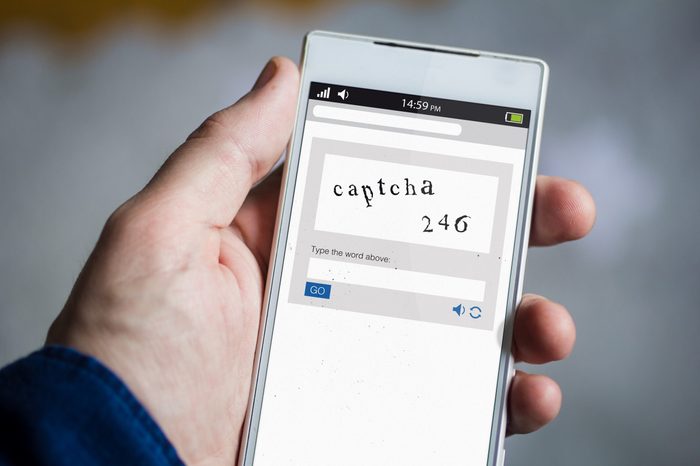
CAPTCHA Codes
CAPTCHA stands for “Completely Automated Public Turing test to tell Computers and Humans Apart” and was invented in 2000 in part by Guatemalan professor of computer science, Luis Von Ahn. I’m not a robot test or Captcha codes are the jumbled letters that users are required to match before entering a website. This is done for security purposes to block out hackers and bots that may do damage. Von Ahn is also the CEO and co-founder of Duolingo.
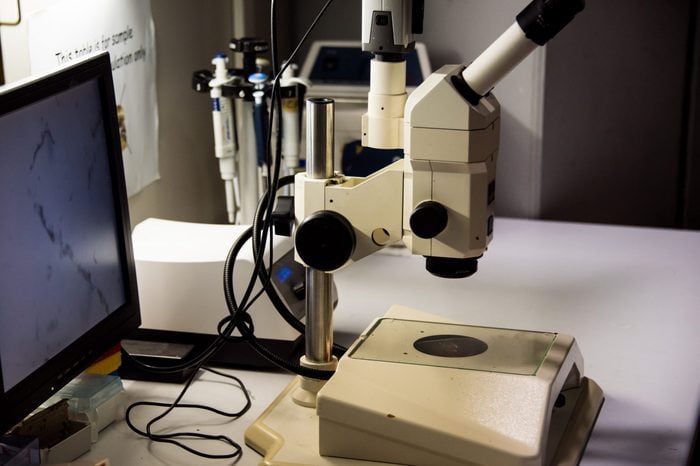
X-Ray microscope
Mexican American physicist Albert Baez co-invented the x-ray microscope with Dr. Paul Kirkpatrick in 1948. Baez was a Ph.D. student at Stanford University in the 1940s when he and Kirkpatrick developed grazing incidence reflective optics for the examination of living cells. Dr. Baez led a long life of contribution to the sciences before passing away in 2007. Side note: He is the father of singer Joan Baez.
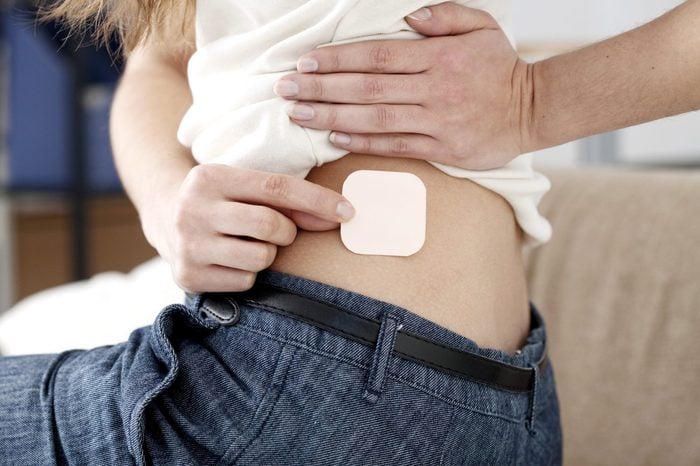
Transdermal drug patches
Uruguayan entrepreneur and biochemist Alejandro Zaffaroni created a system for drugs to be administered to the body through skin bandages. These bandages were found to be especially beneficial for controlled drug delivery. Zaffaroni patented these early transdermal drug devices in the 1970s. Today, transdermal drug patches are used to distribute contraceptives, antidepressants, nicotine, and pain medications. Read on to find out the 14 coolest things ever invented by kids.
Sources
- Historycomputer.com: “Angela Ruiz Robles”
- National Library of Medicine: “Manuel P. García and the history of the laryngoscope”
- Visionlearning.com: “Luis E. Miramontes: The Breakthrough Invention of Oral Contraceptives”
- Innovadoresdeamerica.org
- National Museum of American History: “Liotta-Cooley Artificial Heart”
- Google Patents: “Neonatal artificial bubble”
- Beautyblender.com
- Smithsonianeducation.org: “Inventor and Revolutionary Victor Ochoa: Victor Ochoa’s Biographical Sketch”
- CBS: “Talking Glove Speaks For The Deaf”
- Marine Insight: “Peral Submarine – The World’s First Electric Battery Powered Submarine”
- TED: “Luis von Ahn”
- Hispanic Physicists: “National Society of Hispanic Physicists”
- NCBI: “Transdermal patches: history, development and pharmacology”
